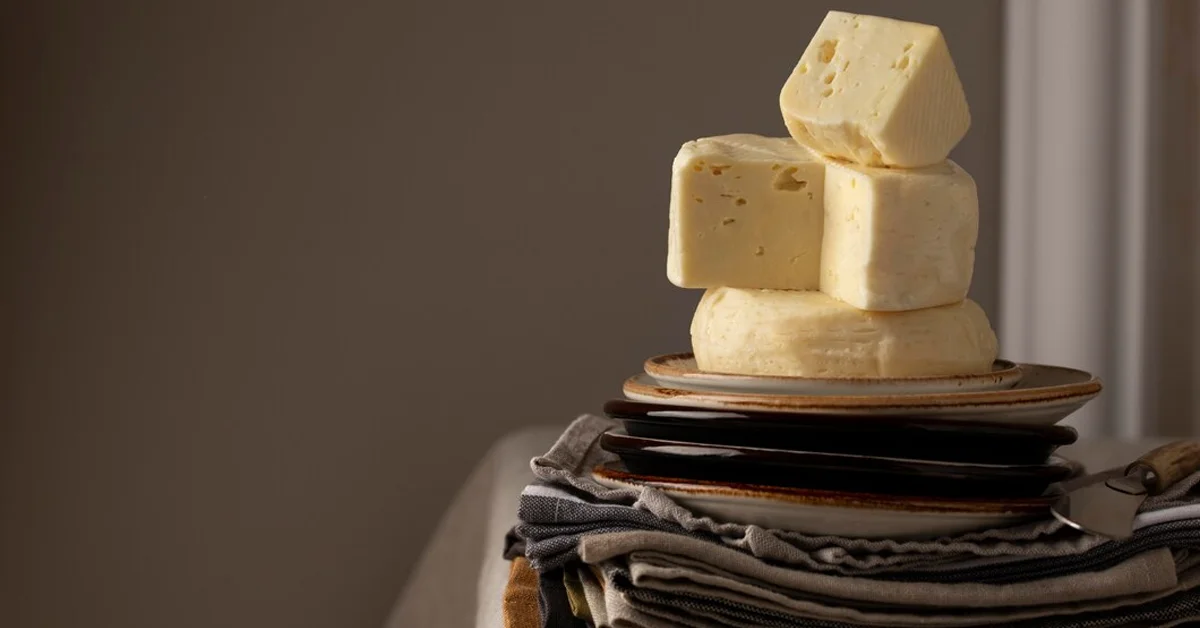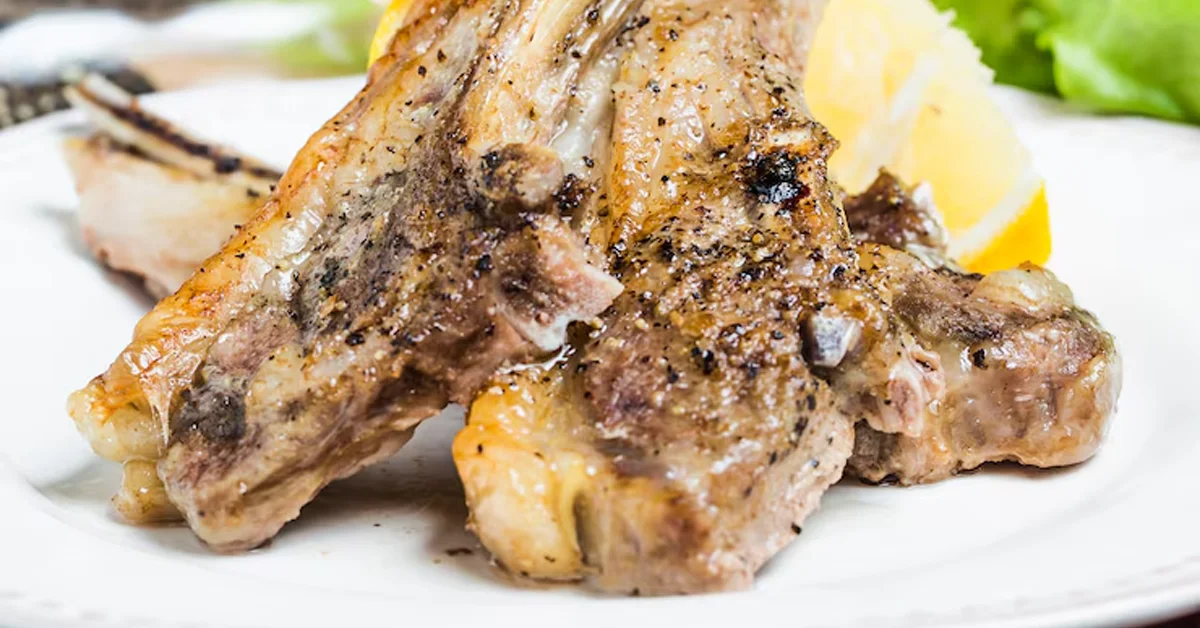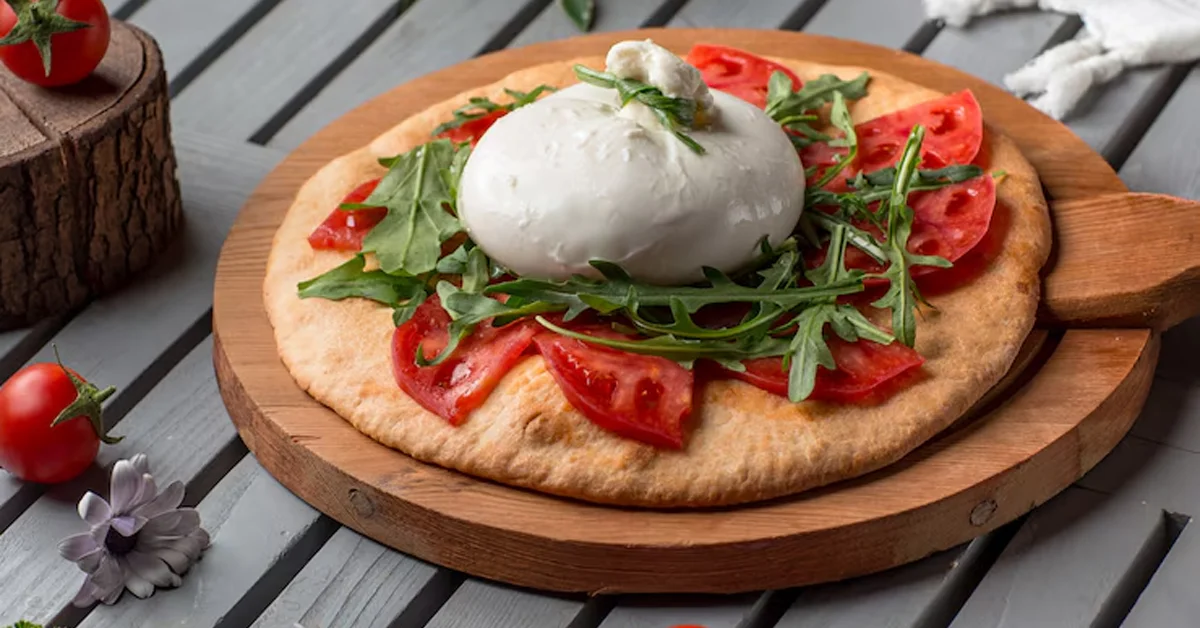Food & Drink
What Does Fontinella Cheese Taste Like? A Flavorful Guide

Food & Drink
Juicy Chicken Satay Skewers You Can’t Resist

If you’re looking for a fun, tasty dinner idea, chicken satay skewers are here to save the day. These are spicy and savory skewers that are juicy on the inside and just a little crispy on the outside. Perfect for a family dinner or a backyard meal, this dish is simple to make and full of flavor. Let’s talk about what makes these skewers so special and why you’ll want to make them again and again.
What Makes Chicken Satay So Good?
The magic of chicken satay lies in the way it’s cooked and seasoned. The chicken is cut into strips and placed on sticks, which makes it fun to eat. It’s then cooked until golden and juicy, usually on a grill or in the oven. But what makes it even better is the sauce. Many people serve chicken satay with a peanut-based dipping sauce, and it adds a creamy, rich taste that balances the spices in the chicken.
These spicy and savory skewers are also easy to customize. You can make them a little spicy, or very mild. You can even try different sauces to match your taste. Kids love them because they’re easy to hold and fun to dip. Grown-ups love them because the flavors are bold and exciting.
A Great Dinner Option
Chicken satay skewers are perfect for dinner because they don’t take much time to make. You can prepare them ahead of time, store them in the fridge, and cook them when you’re ready to eat. They also go well with many different sides, like rice, salad, or even noodles. If you’re trying to eat healthy, this dish is a great choice. It’s packed with protein and doesn’t need a lot of oil.
Whether you’re cooking for two or feeding a big family, chicken satay fits the bill. You can make a few skewers or a whole tray full. And cleanup is easy too, especially if you cook them in the oven or air fryer.
Perfect for Parties, Too
Planning a party or a weekend get-together? Chicken satay skewers are a crowd-pleaser. They look great on a plate and taste even better. You can serve them as appetizers, snacks, or as part of a full meal. Just put the skewers on a tray, add a bowl of dipping sauce, and you’re ready to impress your guests.
Plus, they don’t need to be served hot. Even at room temperature, they stay tasty and juicy. That means you don’t have to worry about keeping them warm while guests arrive.
Easy to Learn, Hard to Forget
Don’t worry if you’ve never made chicken satay before. It’s not hard to learn. Once you make it once, you’ll see how simple and fun it is. You’ll get better each time and maybe even start adding your own twist.
There are many great guides online, like the one from Corrie Cooks, that show step-by-step instructions. These recipes are made for home cooks, so you don’t need any fancy tools or hard-to-find ingredients. Just follow along and enjoy the process.
Try It This Week!
If you haven’t tried chicken satay yet, this is your sign to give it a shot. It’s one of those meals that looks like it took a lot of work but is actually super simple. And when you bite into that first skewer—juicy, warm, full of flavor—you’ll understand why it’s such a favorite around the world.
So grab some skewers, get cooking, and enjoy one of the best spicy and savory skewers you’ll ever taste. Whether it’s for dinner, lunch, or your next party, chicken satay is always a hit.
Food & Drink
Explore Kasselrib: A Must-Try Dish For Food Enthusiasts
Food & Drink
La Burratina: Discover Italy’s Creamy Cheese Delight
-

 Entertainment12 months ago
Entertainment12 months agoSandra Orlow: Exploring the Life and Legacy of a Cultural Icon
-

 General8 months ago
General8 months agoBaby Alien Fan Bus: Watch Parts 2 & 3 on Twitter, Reddit!
-

 General8 months ago
General8 months agoDiana Nyad & Bart Springtime: A Swim to Success
-

 Business1 year ago
Business1 year agoTex9.Net Crypto: Fast, Secure International Money Transfers with Competitive Rates
-

 Business1 year ago
Business1 year agoWhat is O Farming: How to Make Money Online and Its Start-Up Benefits
-

 Business12 months ago
Business12 months agoSnapchat Planets: Exploring Your Streak Universe
-

 General10 months ago
General10 months agoDeeper Dive into myfavouriteplaces. org:// blog
-

 Business1 year ago
Business1 year agoFintechZoom Apple Stock: Real-Time Insights and Expert Analysis


